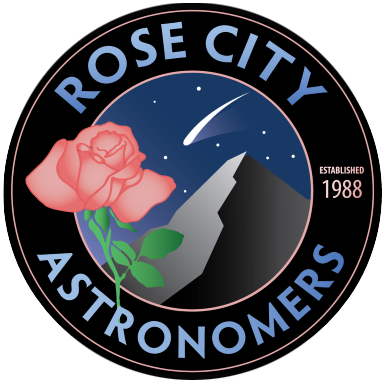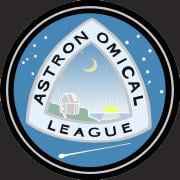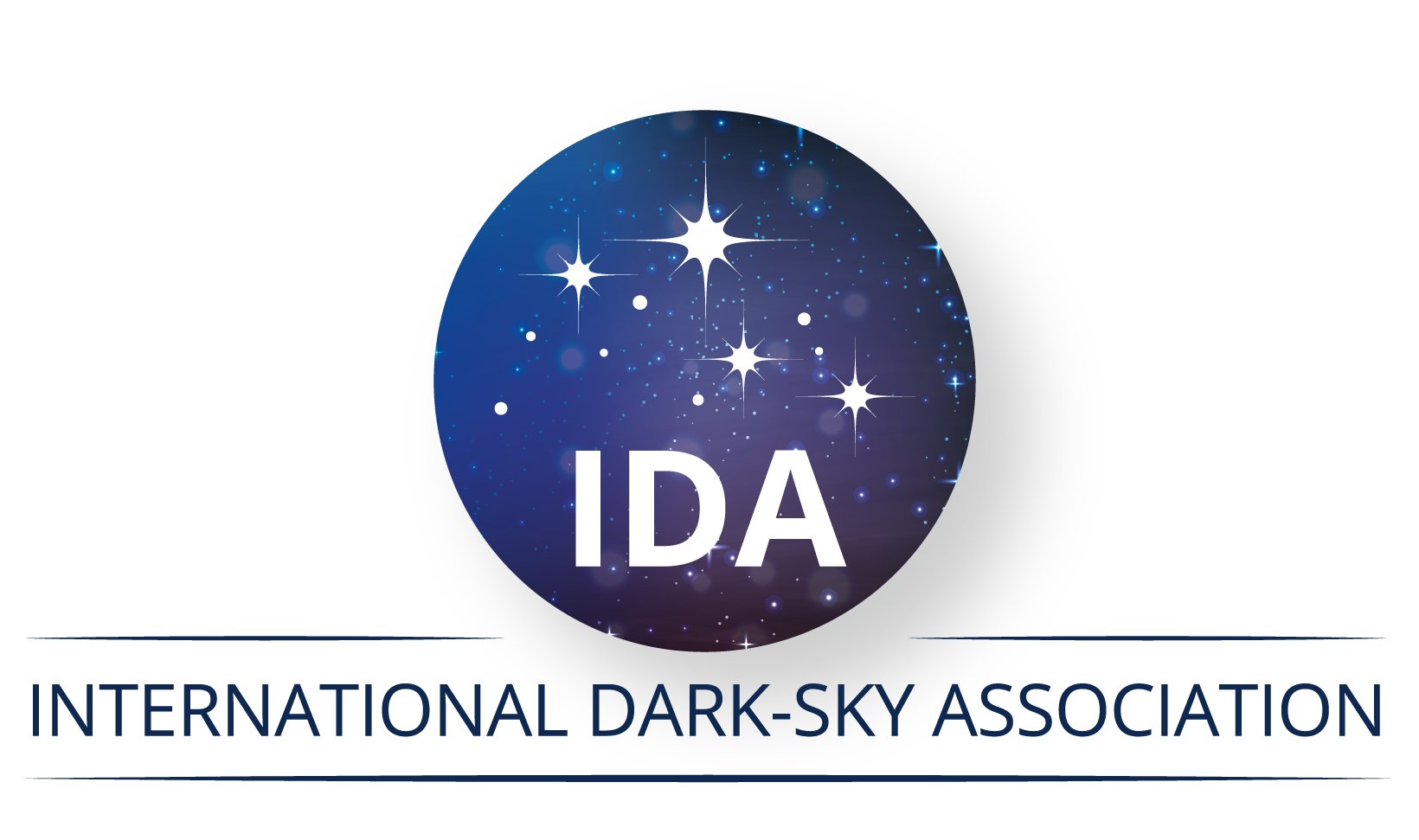Meeting Monday, April 15th: White Dwarf Stars: Timekeepers, Planetary Graveyards, and Probes of Extreme Physics
/RCA General Meeting: White Dwarf Stars: Timekeepers, Planetary Graveyards, and Probes of Extreme Physics
Monday, April 15, 2024
Locations: Oregon Museum of Science and Industry (OMSI)
General Meeting at OMSI
Doors and Zoom meeting open at 7 pm
Social Time: 7 to 7:30
Main Meeting starts at 7:30
Locations: OMSI Auditorium
New Parking Fee: See below.
Note: The speaker will be speaking to us remotely via Zoom.
New Members Meeting from 6:30 to 7:30
Topics: Resources for Observing and Astronomy
Speaker: Alexe Mastanduno
Locations: OMSI Planetarium
Beginning Astroimaging from 6:30 to 7:30
Hosts: Jeff Eriksen and Robert Nelson
Location: Classroom 1 (adjacent to Auditorium)
Parking at OMSI
OMSI has recently partnered with Parking Kitty, the city of Portland's official mobile parking app. Our parking lots are now Parking Kitty pay lots. Parking rates are $5 + fees for 2 hours, $8 + fees for all-day parking, or $2 + fees for parking after 5 p.m. Members can pay for parking via the Parking Kitty app (parkingkitty.com), or mobile kiosks on the front plaza (credit card only). Strongly encourage you to download the app in advance. The North Lot code is ZONE 72000 and South Lot ZONE 72001.
White Dwarf Stars: Timekeepers, Planetary Graveyards, and Probes of Extreme Physics
White dwarf stars are the remnants left when lower-mass stars, such as our Sun, explode after depleting their fusable material. Although white dwarfs are less exotic than some of their more popular cousins, like neutron stars and black holes, recent studies have shown that they have amazing and unexpected properties. Along with their surprising properties, it can be a fun and challenging observing task to look for the white dwarfs in the hearts of planetary nebulae or in multiple star systems. This month's speaker, Dr Simon Blouin, is an expert in this type of star and is one of the authors of some of the recent studies. His description of his talk is below. It would be great to have you join us.
White dwarfs are the dense, Earth-sized remnants of stars, destined to cool down over billions of years after exhausting their nuclear fuel. This talk will delve into how these "dead stars" serve as valuable tools in astronomy. They act as cosmic clocks, allowing us to estimate the ages of stellar populations. Additionally, white dwarfs can reveal the chemical makeup of exoplanets they have consumed, and they provide a window into the behavior of matter under extreme pressure and density. New discoveries, including some very recent research I have been involved in, are challenging our understanding of white dwarfs. These findings suggest that some white dwarfs unexpectedly halt their cooling process for billions of years.
About Dr Simon Blouin
Dr. Simon Blouin is a Canadian Institute for Theoretical Astrophysics National Fellow at the University of Victoria, Canada. He was previously a Director's Postdoctoral Fellow at Los Alamos National Lab. He obtained his PhD in Physics from the Université de Montréal in 2019. His research focuses on white dwarf stars. In his free time, he enjoys hiking on beautiful Vancouver Island and playing with his 5-month-old son.
















